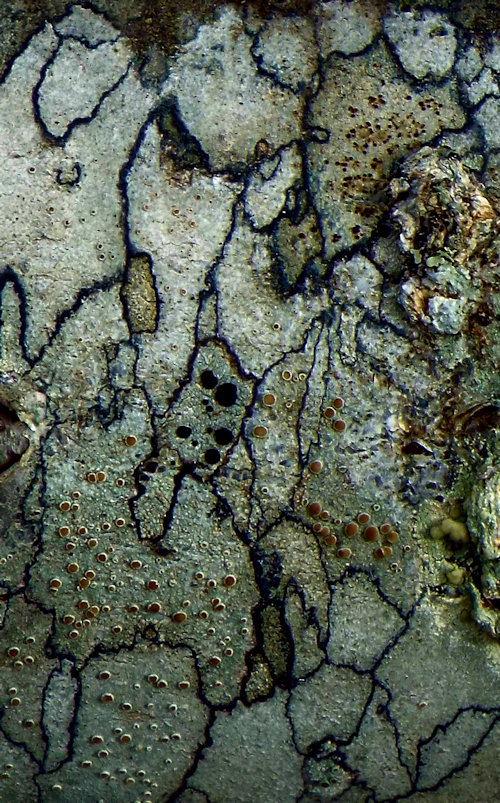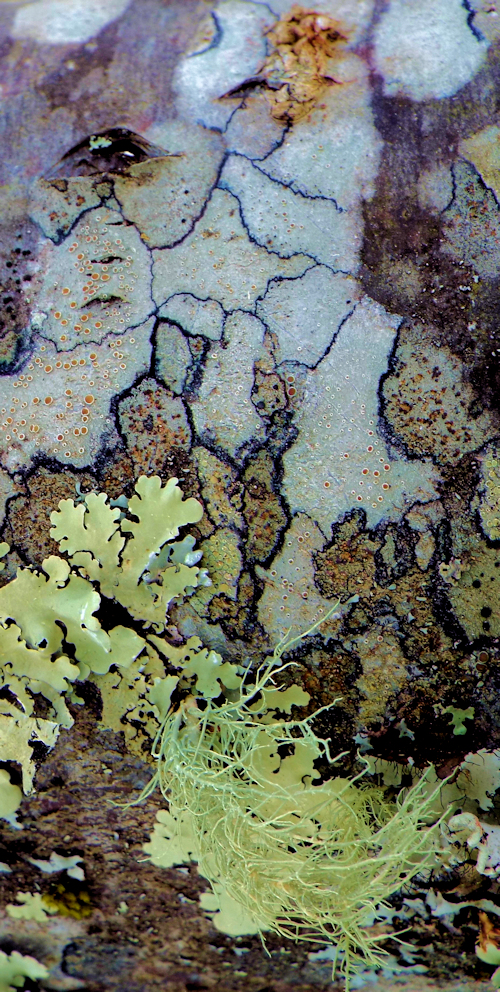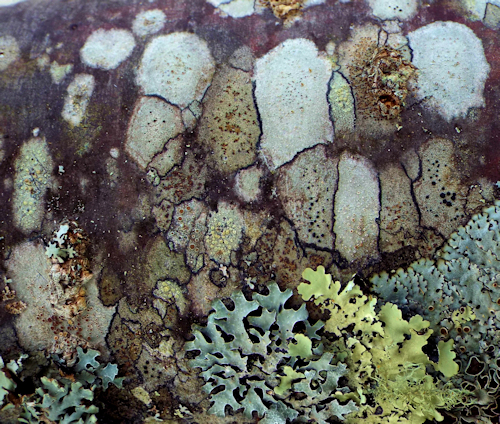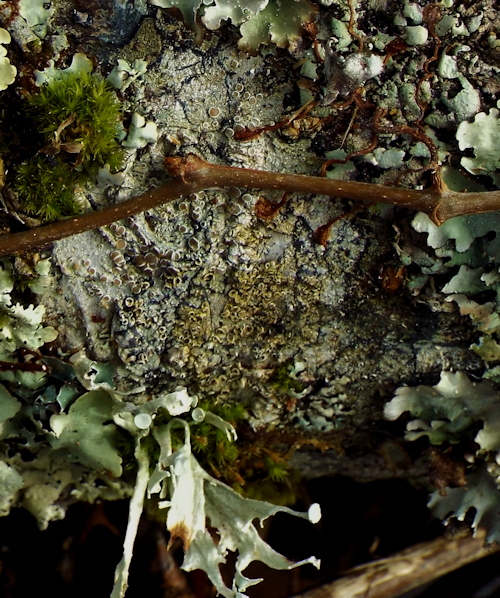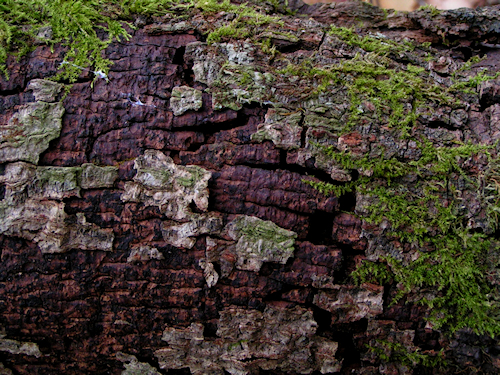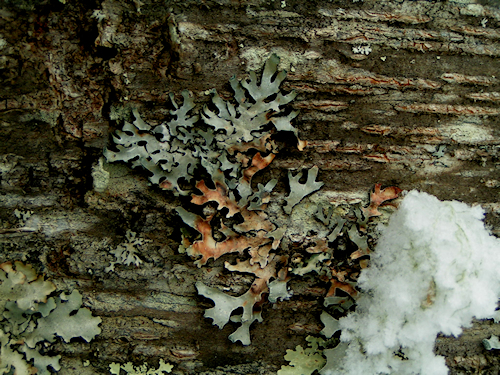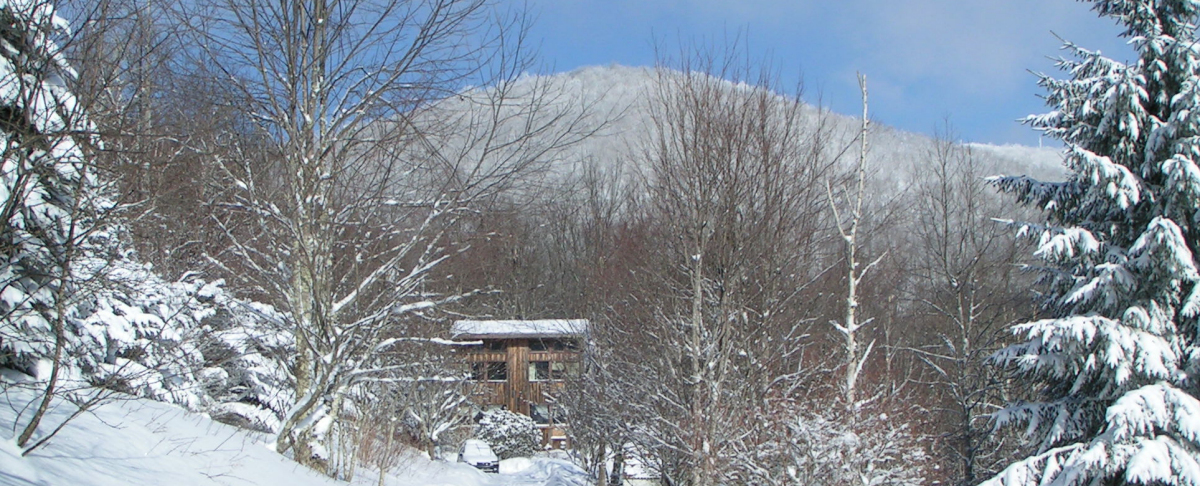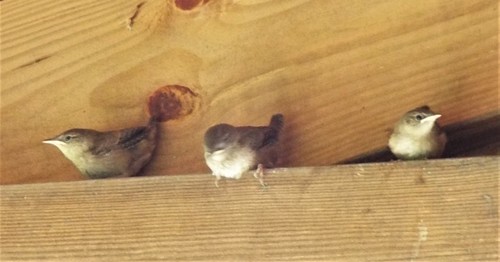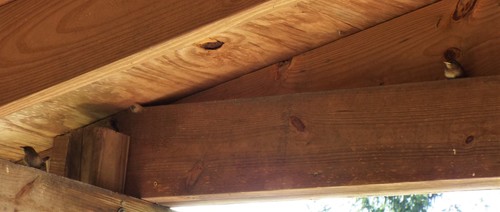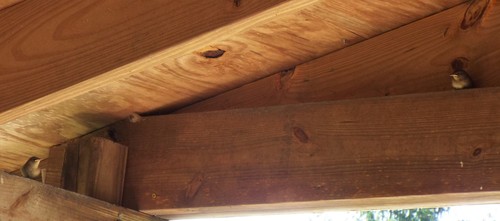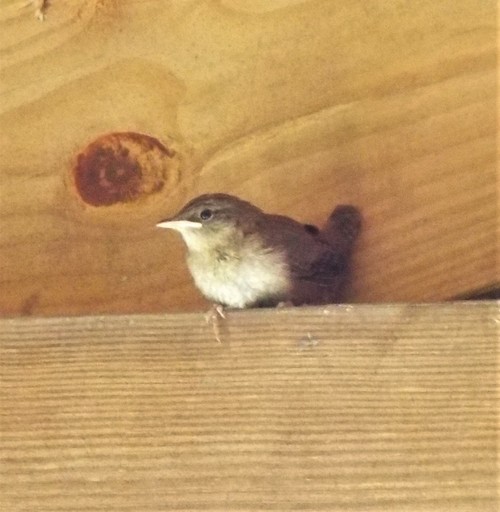I wrote the following ten days ago on a mountain near Blowing Rock.
Carole had a luncheon meeting of the High Country Writers today at the Blowing Rock Conference Center in Blowing Rock, NC. I decided to be the driver for her and a friend. Of course, I could have stayed home and Carole could have driven herself, but even after fifty four years together, I enjoy every moment I have with her—even the mundane, everyday activities are special.
I had planned to spend two or three hours in the Blowing Rock Community Library while Carole was at the luncheon—always happy to be surrounded by books. However, the small library operates with a volunteer staff and the limited winter hours did not include today. After a brief stay in a local coffee shop to have a coffee and muffin for lunch, I headed back up to the conference center parking lot and found a quiet corner to wait for the luncheon’s end.
The conference center sits in a wooded area atop one of the mountains overlooking the town of Blowing Rock. In summer dense canopies of leaves on the many huge, old trees surrounding the site would block any views into the distance, but now the trees are totally bare, an occasional evergreen tree and multitudes of native rhododendrons providing the only greenery amid the vast expanse of grays and browns in the woodlands before me.
The small town sits within the sheltered valley below, but mountains rise up all around and far into the distance. Many homes dot the mountainsides, exposed now by the absence of leaves on the trees, but even they are mere specks scattered across the masses of the mountains. It’s very quiet here today. The sounds of traffic and the other busyness of town life in the weeks leading up to Christmas do not drift up to this haven. The fog and snow and winds of recent days have been replaced temporarily by clear blue skies, chilly yet pleasant temperatures, and calm. I’ve seen only a couple of birds here on this exposed ridge; no doubt most of them are enjoying more shelter and perhaps feeders around the houses farther down. I’m fascinated by the patterns of tree bark and the natural abstract designs and colors of the lichens and mosses growing on different varieties of trees. Standing before me were hundreds of examples. So much to see from this one spot by simply sitting still and taking the time to look. I would be content remaining here for hours, but there are other places to be and other things to do, so I’ll thankfully carry this experience and these images with me as I go.
I had no camera with me to capture the sights before me, but here are a few images from another day of some of the nature patterns I love.
